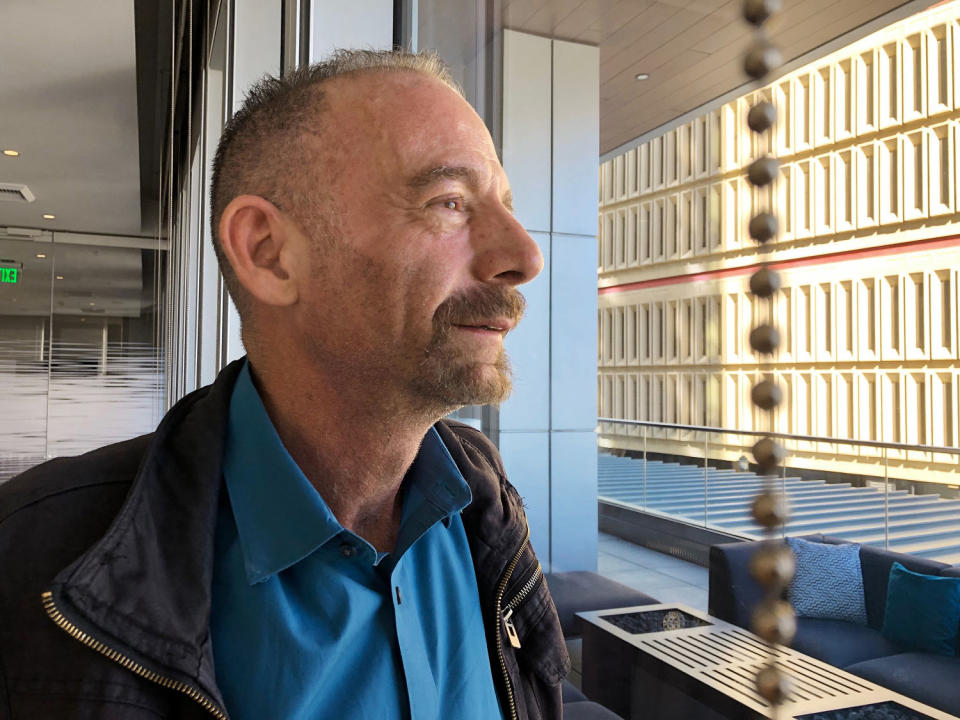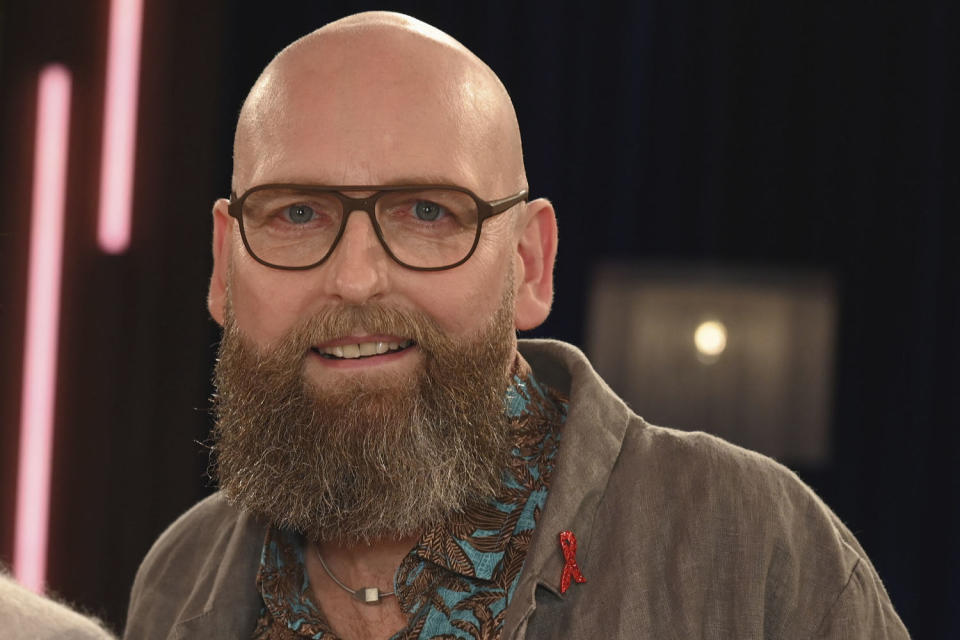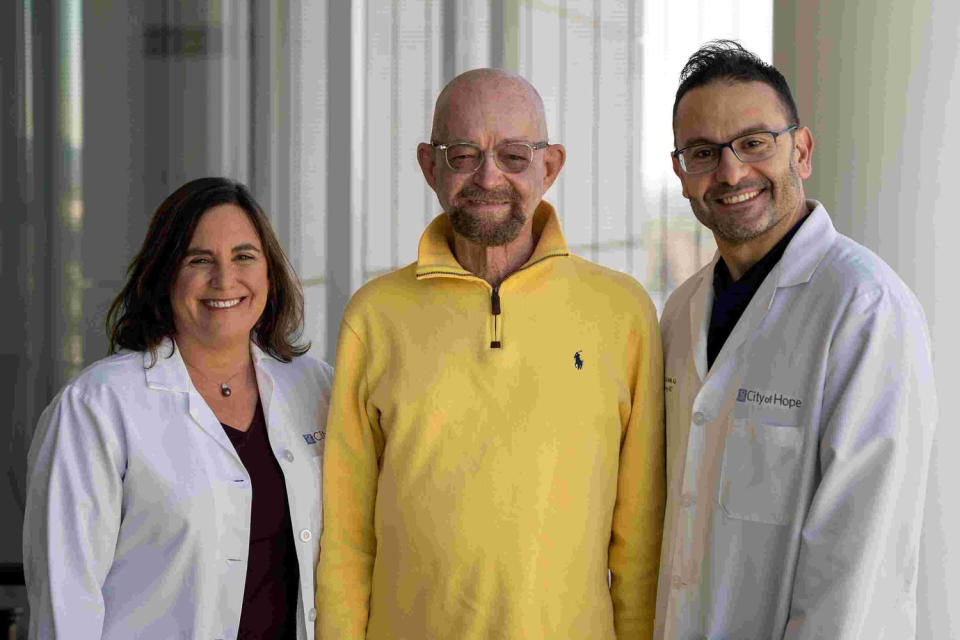A German man has been cured of HIV, a medical milestone that only six other people have achieved in the 40-plus years since the AIDS epidemic began.
The German man, who asked to remain anonymous, was treated for acute myeloid leukemia, or AML, with a stem cell transplant in October 2015. He stopped taking his antiretroviral medications in September 2018 and remains in viral remission with no rebound. Multiple ultra-sensitive tests have detected no viable HIV in his body.
In a statement, the man said of his remission: “A healthy person has many wishes, a sick person only one.”
The case, which researchers say provides important lessons for HIV treatment research, is expected to be presented Wednesday by Dr. Christian Gaebler, a physician-scientist at the Charité-Universitätsmedizin Berlin, at the 25th International AIDS Conference in Munich.
“The longer we see these HIV remissions without any HIV therapy, the more confident we become that we are likely dealing with a case where we have truly eradicated all competent HIV,” Gaebler said.
As with all previous cases of possible HIV cures, experts want to temper public excitement with a warning: The treatment that apparently stopped the virus in the seven patients will only be available to a select few. All of them got HIV and later developed blood cancer, requiring stem cell transplants to treat the malignancy.
The transplants – in most cases from donors selected because their immune cells, the cells that HIV attacks – showed a rare, natural resistance to the virus and apparently played a key role in eradicating all viable or competent copies of the virus from the body.
Stem cell transplants are highly toxic and can be fatal, so it would be unethical to give them to people with HIV, except to treat separate diseases, such as blood cancer.
HIV is monumentally difficult to cure because some of the cells it infects are long-lived immune cells that are dormant or entering a dormant state. Standard antiretroviral treatment for HIV works only on immune cells that, typically in infected cells, are actively making new viral copies. As a result, HIV remains under the radar in dormant cells. Collectively, such cells are known as the viral reservoir.
At any time, a reservoir cell can start producing HIV. That’s why when people with the virus stop taking their antiretrovirals, their viral loads usually start to rise again within a few weeks.
A stem cell transplant could potentially cure HIV by destroying the cancer patient’s immune system with chemotherapy and sometimes radiation. The immune system is then replaced with the healthy immune system of a donor.
In five out of seven cases of permanent or possible cure for HIV, doctors found donors who had rare, naturally occurring defects in both copies of a gene that makes a protein called CCR5 on the surface of immune cells. Most HIV strains attach to that protein to infect cells. Without functional CCR5 proteins, immune cells are HIV-resistant.
The German man’s donor had only one copy of the CCR5 gene, meaning his immune cells likely contained about half the normal amount of that protein. In addition, he himself had only one copy of the gene. Together, those two genetic factors may have increased his chances of recovery, Gaebler said.
Although it is rare to have two copies of the defective CCR5 gene, occurring in about 1% of people of Northern European ancestry, about 16% of these people have one copy.
“So the research suggests that we can increase the donor pool for these types of cases,” Dr. Sharon Lewin, director of the Peter Doherty Institute for Infection and Immunity in Melbourne, Australia, said at a press conference last week.
Interestingly, a man treated in Geneva whose possible HIV cure was announced last year had a donor with two normal copies of the CCR5 gene. So his transplanted immune cells were not HIV-resistant.
These two recent European cases raise critical questions about the factors that actually contribute to successful HIV cure.
“The level of protection that you would have expected from a transplant should not have been sufficient to prevent the virus from surviving and coming back,” Dr. Steven Deeks, a leading HIV cure researcher at the University of California, San Francisco, who is not involved in the German man’s care, said of his case. “There are several testable theories, so I’m optimistic that we’ll learn something here that could shape the next generation of cure studies.”
Gaebler said having HIV-resistant immune cells in the mix certainly greatly increases the chances of success in curing the virus with a stem cell transplant. And yet, he said, not having that safety net, or having a safety net with some holes in it, as in the German man’s case, doesn’t stand in the way of success.
“We need to understand how the new immune system was successfully transplanted into his body and how it successfully eliminated HIV reservoirs over time,” he said. He suggested that the transplanted immune cells may have attacked the viral reservoir, saying: “The donor’s innate immune system could have played an important role in this.”
The other 6 are cured or possibly cured of HIV
Initially, they were all treated under pseudonyms, depending on where they were treated.

-
Adam Castillejo, also known as the “London patient.” Castillejo, 44, a Venezuelan man living in England, received a stem cell transplant for AML in 2016 and stopped HIV treatment in 2017. He is considered cured.
-
Marc Franke, the “Düsseldorf patient.” Franke, 55, was treated with a stem cell transplant for AML in 2013 and stopped taking antiretrovirals in November 2018. He is considered cured.


-
Paul Edmonds, also known as the “City of Hope patient.” Edmonds, the oldest potential cured case at age 63 when he received a stem cell transplant for AML in 2019, received reduced-intensity chemotherapy due to his age. No longer on antiretrovirals since March 2021, he is considered cured if he has not had a viral rebound for five years. In an interview, he expressed his excitement about the new case of a man who is also likely cured, saying, “My vision is clear: a world in which HIV is no longer a punishment, but a footnote in history.”


-
The ‘New York Patient’. The first woman and person of mixed ancestry to potentially be cured, she was diagnosed with leukemia in 2017 and received a stem cell transplant supplemented with cord blood, which resulted in a lower genetic match to her donor, expanding the pool of donors.
-
The ‘Geneva Patient’. In his 50s, he was diagnosed with a rare blood cancer in 2018 and has been off his HIV treatment since November 2021. Researchers remain cautious about his recovery status, as his immune cells are not HIV-resistant.
Franke, Edmonds and Castillejo, who have since become friends, are expected to attend the HIV conference in Munich.
This article was originally published on NBCNews.com